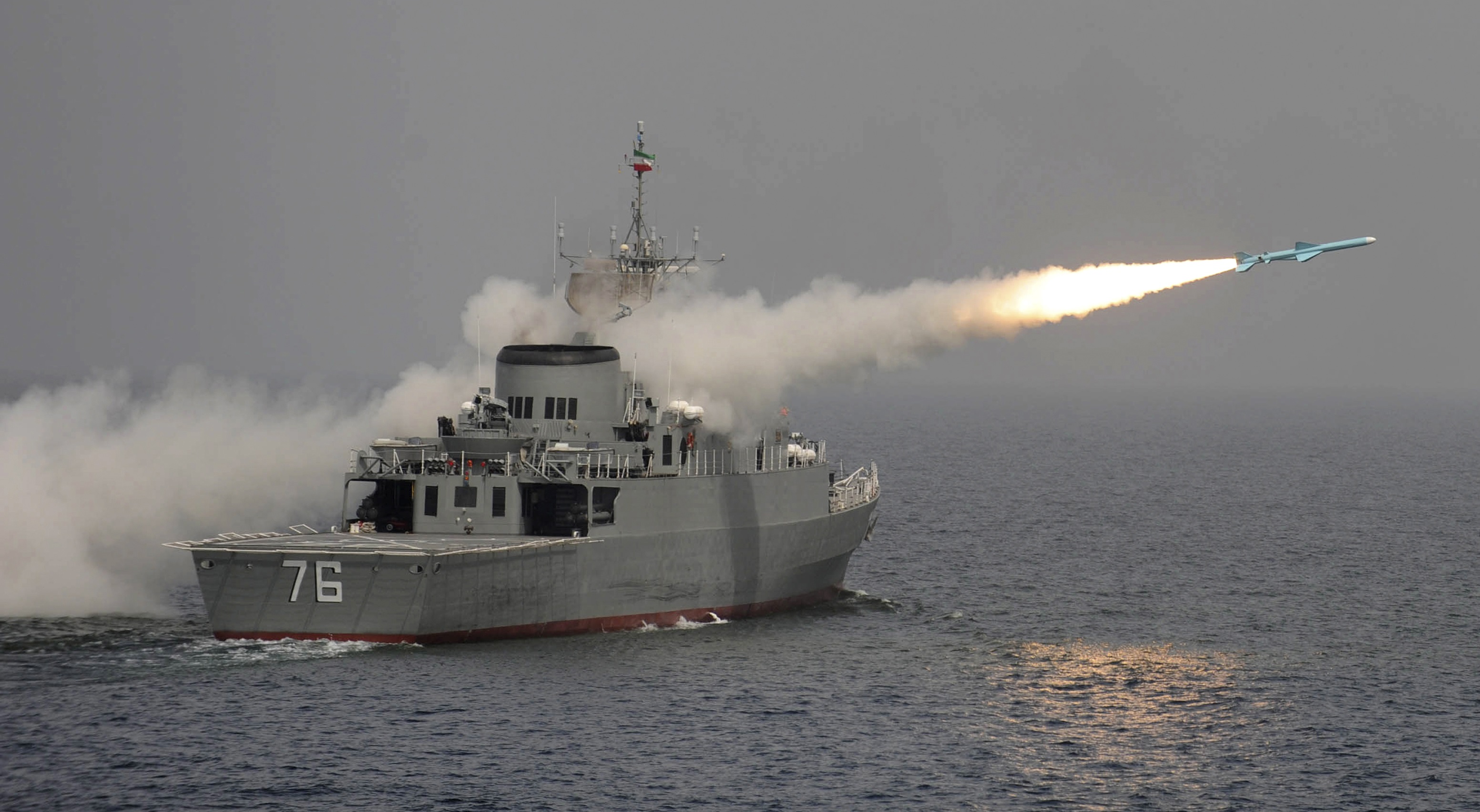An outgoing Iranian navy commander has said that the country plans to send fleets to open seas between Europe and the Americas at some point in the future.
“Sailing in open waters between Europe and Americas should be the Navy’s goal, which will be realized in the near future,” Rear Admiral Habibollah Sayyari said at a ceremony in Tehran to introduce the new commander of the navy on November 8, according to reports by Tasnim news agency.
On November 6, Iran’s Supreme Leader Ayatollah Ali Khamenei appointed Admiral General Hossein Khanzadi as the country’s new navy commander. Rear Admiral Habibollah Sayyari, who served in the post for 10 years, now will serve as deputy coordinator of the Army.
In recent years, Iran’s naval forces have increased their presence in international waters to protect naval routes and provide security for merchant vessels and tankers. Iran has repeatedly warned that any act of transgression into the country's territorial waters would be met with an immediate and befitting response.
The Iranian navy has been conducting anti-piracy patrols in the Gulf of Aden since November 2008, when Somali raiders hijacked the Iranian-chartered cargo ship MV Delight off the coast of Yemen. That gulf, which links the Indian Ocean with the Suez Canal and the Mediterranean Sea, is an important energy corridor, as Persian Gulf oil is shipped to the west via the route.
According to outgoing Navy chief Sayyari, so far Iran has sent 47 flotillas of warships into international waters. Over the past nine years they have managed to escort more than 4,000 cargo ships and oil tankers in the Gulf of Aden, located between Yemen and Somalia; Bab al-Mandab, near Djibouti; and the Red Sea.
"The 47th fleet could establish security for 1,851 Iranian and foreign cargo ships and oil tankers in the Gulf of Aden, Bab al-Mandab and the Red Sea,” Sayyari said, according to Fars news agency.
In November 2016, the Iranian chief of staff of the armed forces, Major General Mohammad Hossein Bagheri called for setting up naval bases across on the coasts of Yemen and Syria in the future.
“Is having naval bases in faraway places any less [significant] than nuclear technology? I say it’s ten times more [important],” Bagheri said, adding that such a move would provide Iran with an effective deterrent against its enemies.
In August, Sayyari first revealed his idea to dispatch Iranian naval fleets to the west of the Atlantic Ocean. A month later, a flotilla of Iranian warships left the country’s southern port city of Bandar Abbas for the high seas to guard commercial ships and oil tankers in the face of piracy threats.
Iran has been actively working to build its naval capacity. In September, Sayyari announced that researchers are working on producing nuclear-powered engines for submarines, warships and destroyers, to make them navigable for long periods of time without the need for refueling.
“We will certainly carry the job within the framework of the nuclear deal and the safeguards agreements and will not do anything beyond that,” Salehi said.
In December 2016, Iranian President Hassan Rouhani ordered the Atomic Energy Organization of Iran (AEOI) to start developing systems for nuclear-powered marine vessels.







 Azerbaijan and Armenia started the process of demarcation of their border on Tuesday, with the installation of the first border markers based on ge...
Azerbaijan and Armenia started the process of demarcation of their border on Tuesday, with the installation of the first border markers based on ge...
 President Aliyev emphasized the critical role of the North-South Transport Corridor in fostering transport cooperation between Azerbaijan and Russi...
President Aliyev emphasized the critical role of the North-South Transport Corridor in fostering transport cooperation between Azerbaijan and Russi...
 Armenian sappers commenced on Monday mine-clearance operations in the territories adjacent to the Saint Mary Church in village of Voskepar (Armenia...
Armenian sappers commenced on Monday mine-clearance operations in the territories adjacent to the Saint Mary Church in village of Voskepar (Armenia...
 Russian Foreign Minister Sergei Lavrov has reasserted that Moscow has no intentions to stop the fighting in Ukraine, even if peace talks commence.
Russian Foreign Minister Sergei Lavrov has reasserted that Moscow has no intentions to stop the fighting in Ukraine, even if peace talks commence.
 Iran and Pakistan have signed eight cooperation documents in various fields, and agreed to strengthen ties to fight terrorism in the region.
Iran and Pakistan have signed eight cooperation documents in various fields, and agreed to strengthen ties to fight terrorism in the region.



